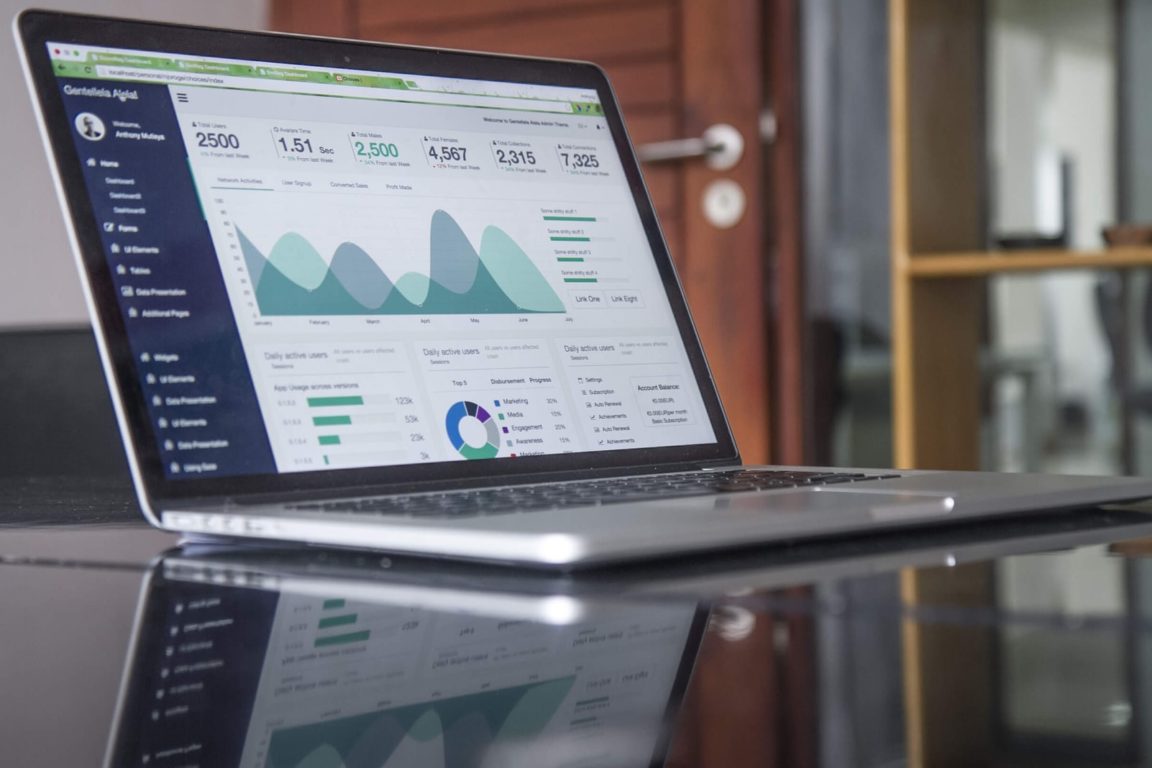To best understand your clients, how they interact with your brand and pass through the sales funnel, you must understand the B2B customer journey and consider the various touchpoints.
The B2B customer journey can be described in three stages – Awareness, Consideration and Decision. The message and marketing platform for each stage may be different depending on the stakeholder group.
It all depends on where your customer is in the customer journey.
1. Awareness stage
At this stage, potential clients are largely unaware of your business and the solutions your business provides. Marketing material delivered at this stage should be general and position the business as an industry leader.
Paid advertising is an effective tool at the Awareness stage to ensure guaranteed placement and control of messaging to increase brand exposure. By spreading exposure across a series of channels at different times, your business can measure outcomes and success by individual campaigns.
Media relations, by way of editorials, columns and reviews in media publications or broadcasts, offers an added sense of credibility, recommendation and endorsement that paid advertising cannot. By commenting on relevant industry trends and issues, your brand will become known for leadership and expertise.
Sponsorships of award ceremonies or industry associations can be an effective B2B lead generation tactic, getting your brand in front of your target audience on a mass scale to quickly build the influencer database and subsequent new business opportunities. Sponsorship of major awards and/or state and national conferences can further build your brand awareness and profile.
2. Consideration stage
At the Consideration stage of the customer journey, your clients are aware of your business and are investigating whether you can help solve their problem. Marketing material delivered at this stage should provide evidence that your services are industry leading.
Creating an extensive list of case studies is an excellent way to showcase your experience, capabilities, and client testimonials. Case studies can be used across your website, social media and online directories, editorial, advertorial opportunities, Electronic Direct Mail (EDMs) and sales collateral.
LinkedIn content and advertising that targets a business audience can help to promote your expertise in a particular area and showcase how your business can solve a specific problem. Develop a series of LinkedIn blogs relevant to your target audience, which can be further promoted with ad spend to target potential clients using targeted advertising tools.
Having a presence in professional online directories provide an opportunity to showcase your services, product range and case study projects to potential clients. Be sure to update directories on a regular basis and upload new products or case studies as they are launched or completed.
There are hundreds of networking events and speaking opportunities taking place around Australia which can be valuable for lead generation. However, for your business to gain cut-through, it is essential that your networking activity leverages the reach of all attendees through presentations and access to the event database. Create an event calendar and share this with your sales teams to encourage their involvement and attendance.
3. Decision stage
At the Decision stage, potential clients are looking for exact information regarding their issue and are ready to contact your sales team. Marketing material delivered at this stage should be very specific and showcase your business’s services, products and industry knowledge.
EDMs are a form of digital marketing that allows brands and businesses to connect and engage with their stakeholders through email content. Consider developing a tailored EDM to this group, or source inclusion in EDMs from industry associations to speak directly to this group about a particular product, industry issue or trend. EDMs can be very effective in generating leads and sales via special deals and promotions.
Whitepapers serve as educational ‘scene setting’ documents on a particular industry issue or trend. The strength of whitepapers is that they provide an objective examination of a topic or an issue facing potential clients or customer group. This tactic allows your business to comment heavily on one topic and be seen as the right choice for customers. They are an excellent lead generation tool as interested readers must provide an email in order to download the whitepaper. These are ‘hot leads’ for your sales team to follow up.
These are just a few examples of B2B lead generation strategies that your business can use to attract potential customers. Find out how Elevate can take your lead generation to the next level. Contact us today at info@elevatecom.com.au.







